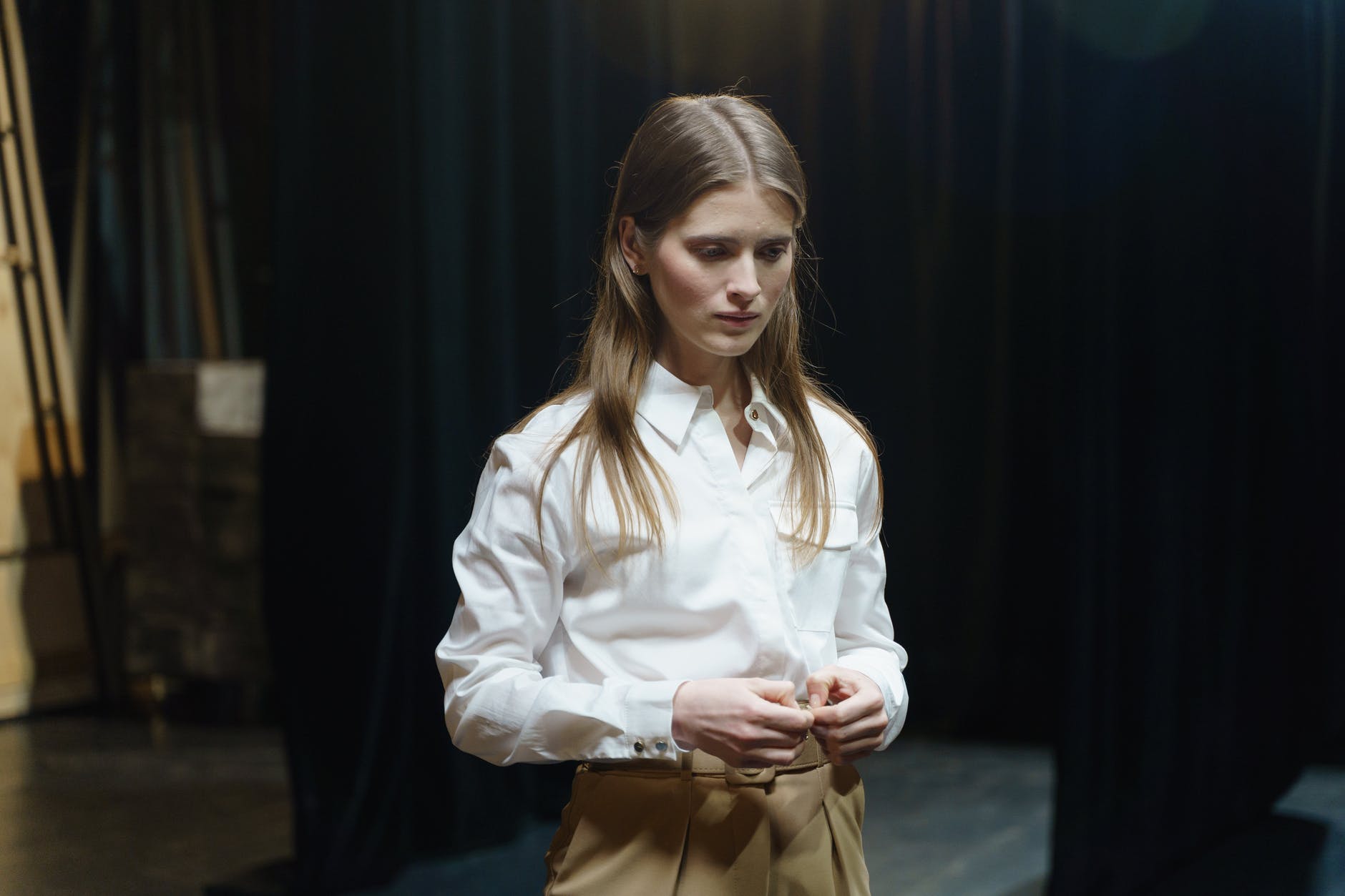What is the Substitution Technique?
Using substitution, actors can justify, to themselves, their character’s actions in various moments
(By Tonya Tannenbaum)

RELATED TOPICS:
What is the Stanislavski Technique?
The Substitution Technique, or simply “Substitution”, is an acting technique that actors can use to gain a deeper understanding of their character’s given circumstances and how the character should react to those circumstances, by connecting them to circumstances in the actor’s own life.
Substitution, eventually redefined as “transference”, was first popularized by renowned acting teacher, Uta Hagen. Using this technique, the actor essentially, mentally, superimposes their own personal circumstances into the character’s, to help find truth and accurately live in those moments.
“Substitution is the aspect of the work which strengthens your faith and your sense of reality in each stage of the total work on character. It is a way of bringing about justified, personal character actions.”
(Uta Hagen)
For example, in the script, an actor’s character might have been abandoned by a parent when they were a child. The character might harbor feelings of abandonment. Those feelings of abandonment might influence the character’s future relationships.
But how does the actor relate to this character and portray the character’s motivations with truth, given that the actor has never experienced what the character has experienced? In short, how does the actor gain enough understanding of how the character should behave, based on the given circumstances?
 (Photo: Cottonbro | Pexels)
(Photo: Cottonbro | Pexels)
One solution is the Substitution Technique. While the actor may not have been abandoned by their parent, they might have felt a sense of abandonment when, say, a childhood friend moved away. The actor can reminisce about how it felt to not see their friend each day and how difficult it was to adjust and find new friends. The actor can recall how disruptive it was to not have their friend around to hang out with and how it seemed to throw life out of balance for a time.
“I use substitution in order to ‘make believe’ in its literal sense– to make ME believe, in order to send me into the moment-to-moment spontaneous action of my newly selected self on stage.”
(Uta Hagen)
The actor, while developing their character, mentally “superimposes” or “substitutes” some of those childhood experiences in place of their character’s experiences. Now, the actor has a basis upon which to relate to the character’s circumstances. The actor can now be more confident in the character choices they make. They can justify, to themselves, their character’s actions and reactions to various moments, now that they have related those moments to truths in their own lives.
You Might Also Like:
What is a Sense Memory?



